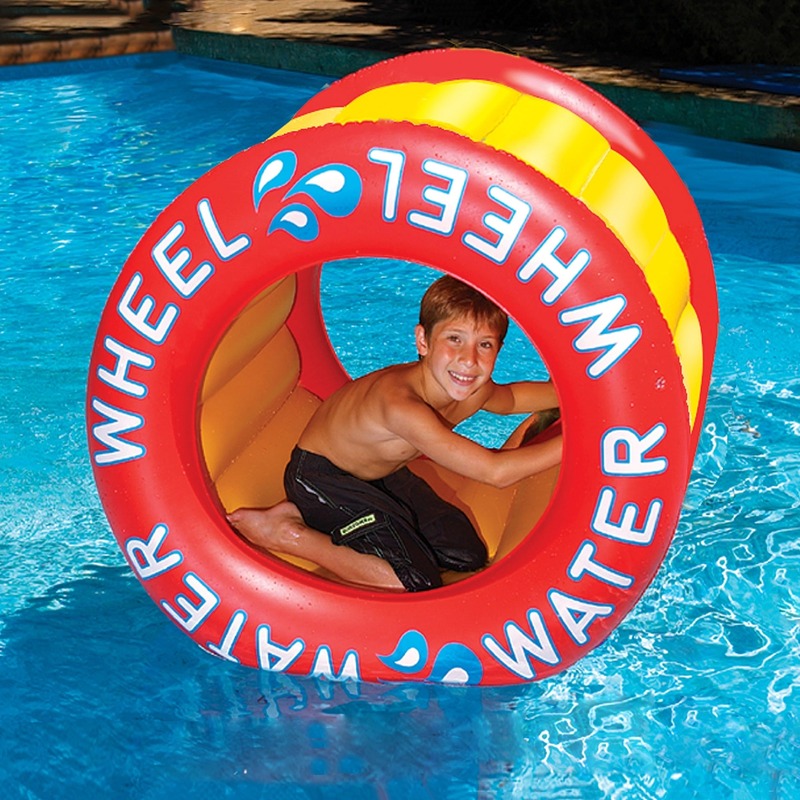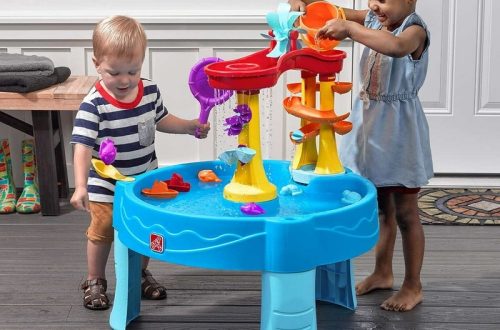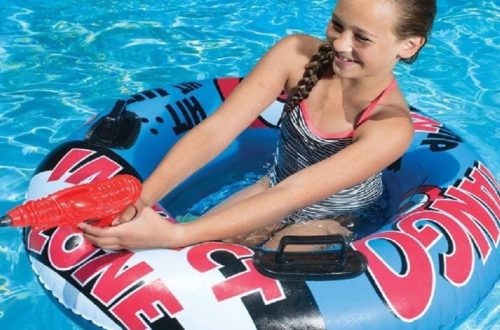Introduction to Water Play for Toddlers
Water play offers fun and learning for toddlers. It can happen in bathtubs, pools, or even at the kitchen sink. The right water play toys can make this time safe and engaging. Toddlers learn to explore and understand their world through such activities. Parents look for toys that can aid in physical and cognitive development. Water play helps with skills like pouring, squeezing, and floating. It’s important to choose toys designed with toddler safety in mind.
For busy parents, finding the best toys can seem challenging. Look for water play toys that are durable, non-toxic, and easy to clean. Opt for those with safety certifications. Always supervise your child during water play to prevent accidents. With proper guidance, water play can be a source of countless hours of safe fun. Start with understanding the basics discussed here and watch your toddler thrive.
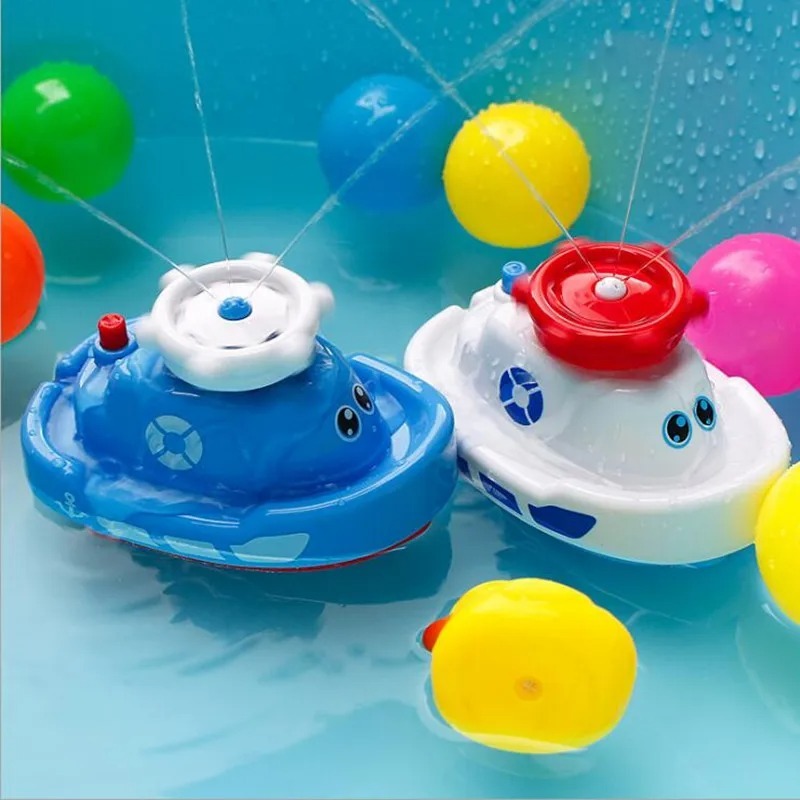
Essential Safety Features in Water Play Toys
When picking water play toys for toddlers, safety is paramount. Parents should check several features to ensure their child’s well-being during playtime. First, verify the toys are free of small parts that could cause choking hazards. Next, materials should be non-toxic and free of harmful chemicals like BPA or phthalates. Choose toys with a durable design to withstand rough play and avoid breakage that could create sharp edges.
Quality toys should have smooth surfaces with no sharp points. This minimizes the risk of scratches or cuts. Look for toys with certifications from recognized safety standards organizations. These certifications mean the toys meet specific safety criteria. Finally, water play toys must be mold-resistant. Toddlers often leave toys wet, which can lead to mold growth. Mold-resistant materials help keep toys safe and sanitary for longer use.
Top Rated Water Play Toys for Toddlers
Selecting top-rated water play toys is crucial for a fun and safe experience. Consider these toys that parents and safety experts highly recommend. Start with floating toys. These keep toddlers engaged without the risk of swallowing water. Ducks, boats, and foam letters make for great options. Next, water tables are excellent for solo or group play. They encourage coordination skills and social interaction. Look for tables with rounded corners for added safety.
Moving on, squirt toys can delight toddlers as they learn cause and effect. Make sure they are large enough to not be a choking hazard. Also, check that they are easy to clean to prevent mold. Bath books made of waterproof materials can be a great learning tool. They turn reading into a playful activity that also tolerates splashes.
Lastly, consider water play mats for a unique sensory experience. Mats should be made of durable, non-toxic PVC and free from small parts. With these top-rated selections, toddlers can enjoy safe, educational, and entertaining water play.
Benefits of Water Play for Toddler Development
Water play toys are not just for fun. They also support crucial developmental milestones for toddlers. Through water play, toddlers can enhance physical skills such as hand-eye coordination and fine motor skills. Actions like pouring or squirting water teach cause and effect. They also improve muscle control and movement precision.
These toys also boost cognitive development by challenging toddlers to solve problems. For instance, toddlers learn to predict which toys will float or sink, enriching their understanding of basic physics.
Social skills grow as toddlers share toys and take turns during group play. Communication gets better as they use words to describe actions and negotiate roles. This kind of interaction is vital for building relationships and teamwork abilities.
Water play can also help in language development. It encourages toddlers to expand their vocabulary with words like “splash,” “float,” or “pour.” By describing what they do and see, they practice new phrases and sentence structures.
Lastly, water play toys can have a calming effect. They can provide a soothing sensory experience that helps to manage emotions. It’s a beneficial outlet for energy, leading to improved focus and better sleep patterns.
By recognizing these benefits, parents can appreciate the impact of water play on toddler growth. The right water play toys can foster learning while ensuring safety and entertainment.
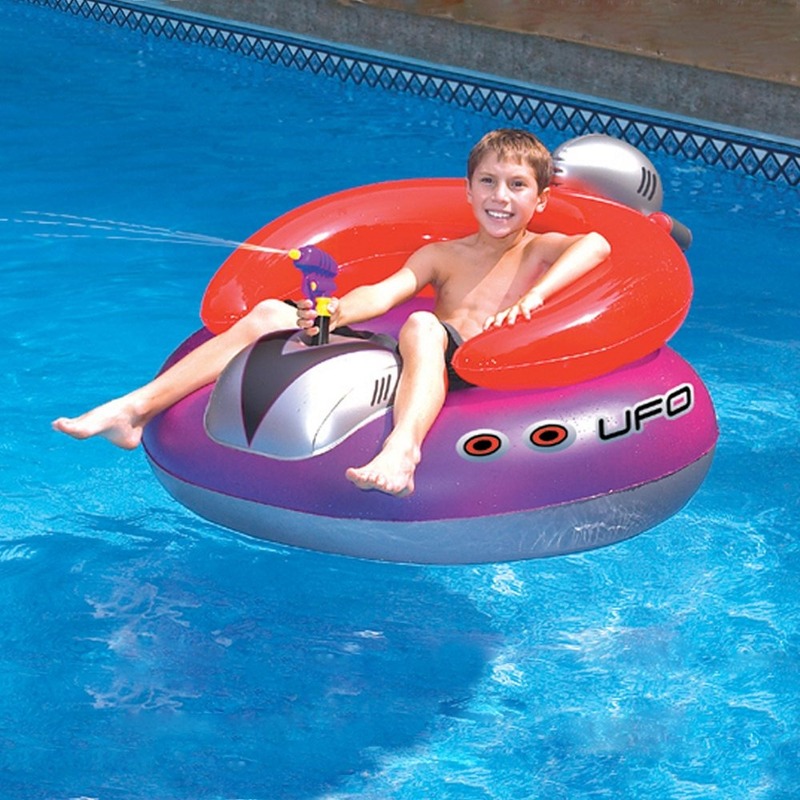
How to Choose the Right Water Play Toys for Your Child
Choosing the right water play toys for your child is key to their safety and enjoyment. It’s important to consider factors such as the child’s age, interests, and the overall safety features of the toy. Here are some tips to help you make the best selection:
- Assess the Age Appropriateness: Check the age recommendation on water play toys. Ensure they match your toddler’s developmental stage.
- Examine Toy Size: Avoid toys with small parts for younger toddlers. They should be large enough not to pose a choking risk.
- Prioritize Non-Toxic Materials: Pick toys made from non-toxic materials. Avoid toys with BPA, phthalates, or lead.
- Look for Durable Construction: Choose robust toys that resist breakage and withstand rough play.
- Check for Smooth Edges: The toys should have smooth edges to prevent cuts and scratches.
- Opt for Mold-Resistance: Select toys that are easy to clean and designed to resist mold buildup.
- Match Toys with Interests: Engage your child by choosing toys that spark their curiosity and encourage learning.
- Ensure Easy Cleanup: Consider toys that are dishwasher safe or simple to clean by hand.
By following these guidelines, parents can feel confident in their water play toy selections. Keep in mind that supervision is always essential during playtime to guarantee a safe environment for your toddler.
Tips for Maintaining and Cleaning Water Play Toys
Maintaining and cleaning water play toys is vital for your toddler’s health and safety. Dirty toys can harbor bacteria that may lead to infections or illness. Here are straightforward tips to keep those toys clean and well-maintained.
- Rinse After Each Use: Quickly rinse toys under running water to remove chlorine, dirt, or sand.
- Soak in Vinegar Solution: Occasionally, soak toys in a solution of equal parts vinegar and water to disinfect them.
- Dry Completely: Air dry toys thoroughly to prevent mold and mildew growth.
- Regular Deep Clean: Schedule regular deep cleaning sessions using hot soapy water.
- Check for Damages: Inspect toys for any signs of wear or damage that could harbor germs.
- Keep Indoor and Outdoor Toys Separate: This helps reduce the transfer of outdoor bacteria.
- Avoid Harsh Chemicals: Stick to mild cleaners to prevent the toys from deteriorating.
- Use a Toy Mesh Bag: This allows toys to dry out quickly and keeps them organized.
- Replace When Necessary: Don’t hesitate to replace toys if they are damaged or impossible to clean.
By following these tips, parents can ensure their children’s water play toys are always ready for safe and fun learning experiences. It’s all about creating a clean, hygienic environment for toddlers to play and explore.
Best Practices for Supervising Water Play
Supervision during water play is essential for toddler safety. Follow these best practices for a secure playtime. Keep a constant eye on your toddler, as accidents can happen quickly. Stay within arm’s reach, especially if your child is not a strong swimmer. Distract yourself from phones or books to focus on your child. Encourage safe play habits, like sitting instead of running near water. Have a first aid kit nearby for any minor injuries. Teach your child basic water safety rules early on. Use flotation devices, but don’t rely on them entirely for safety. Limit playtime to prevent overexertion and ensure regular breaks. Supervising effectively means your toddler enjoys water play toys in safety and fun.
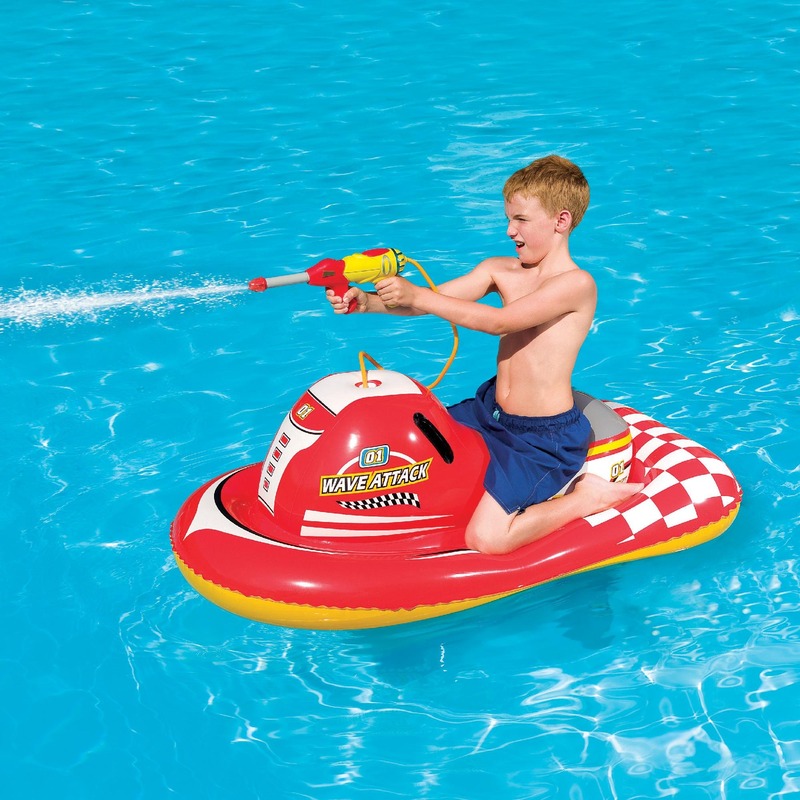
Common Concerns and Precautions for Toddler Water Play
When engaging toddlers in water play, be aware of common concerns and take necessary precautions to address them. Fear of water, supervision needs, and toy safety are key points to consider. Let’s explore these aspects to ensure happy and safe playtime for your toddler.
- Fear of Water: Some toddlers may initially be hesitant or fearful of water. Introduce them to water play gradually. Start with small amounts of water in a basin before moving to larger pools.
- Constant Supervision: Toddlers need constant watching during water play. A lapse in attention, even briefly, increases the risk of accidents.
- Temperature Check: Ensure water isn’t too hot or cold. Ideal water temperatures provide comfort and prevent scalding or chills.
- Swimming Skills: If using a pool, consider swim lessons for your toddler. Fundamental swimming skills can add a layer of safety.
- Floatation Devices: Use flotation aids to increase buoyancy. But remember, they aren’t a substitute for vigilant supervision.
Recognizing these concerns and following through with the right precautions ensures that water play remains a positive experience for toddlers and parents alike.
